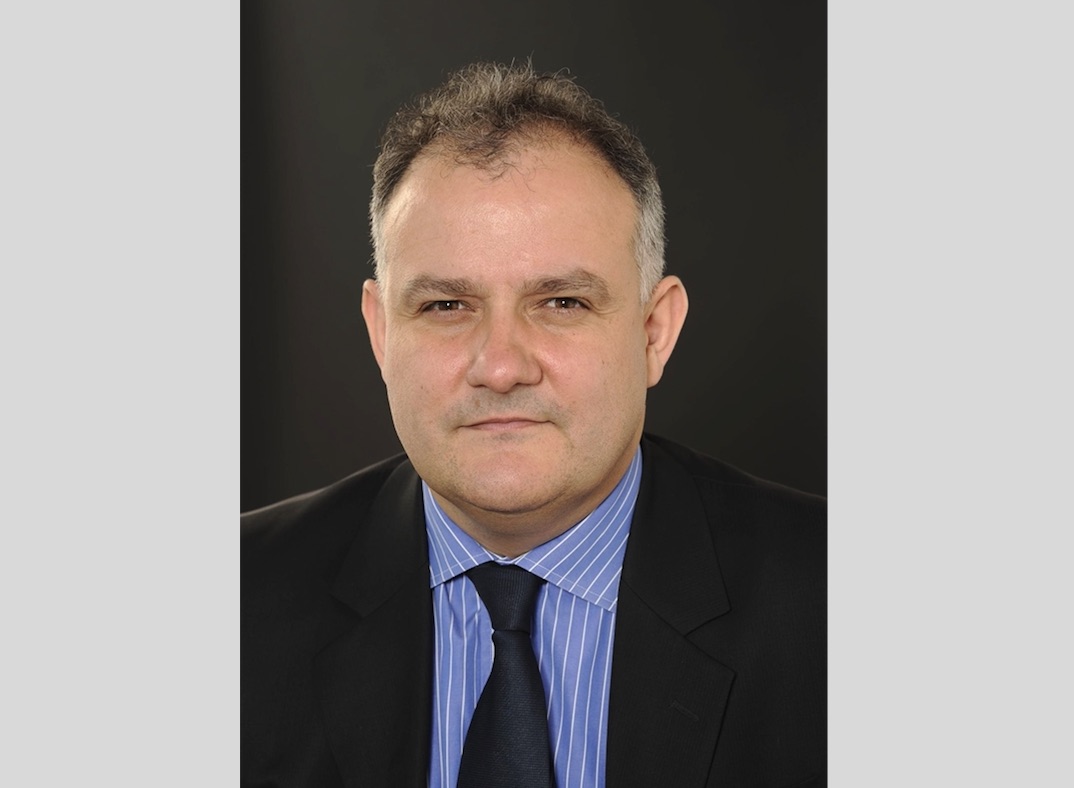With the rates normalization process already underway, Philippe Berthelot, Head of Credit Management Teams (Corporate and structured credits) at Natixis Asset Management talks in an exclusive interview with Funds society about where he sees value and highlights two of their funds: Natixis Euro Short Term Credit y Natixis Short Term Global High Income.
– Is it possible to talk about danger when we talk about the current situation in fixed income? Are the investors in danger when they take in account the arrival of the growth, the inflation, and the following rise in interest rates?
A rising rate environment may not be that supportive indeed for fixed income products in general, as it can lead to some disappointing performances. That said, 2017 is totally different from a 1994 scenario, we just expect 10 year rates to be 30-40bp higher by ear end in the USA and in Europe!
– Which are your previsions of the interest rate hikes in USA this year and how will this affect to the assets? There will be contagion in Europe? Will the ECB need to take solutions soon?
The FED is expected to raise rates 3 times this year (a hike of 25 bp already made yesterday) but really nothing to worry on the ECB side. What would matter the most in Europe would be hints at “tapering:” it is likely to occur next year. For the time being, political risk is a driver of sentiment with Dutch / French and German elections
– Is there danger of capital turnover from fixed income to equity?
It is genuinely true that a rise of nominal rates, at first, is supportive for risky asset classes like equities and even credit. With further growth prospects in Euroland this year Equities should outperform Fixed Income, caeteris paribus.
– In this environment, is it still a good asset to invest or should we sharpen the caution at the time to invest in debt? Is it still possible to find value in credit, for example?
There are so many different animals within what is labelled “fixed-income” ! For instance, the bulk of ABS and senior secured loans are made floating-rate products, as such they’re not very sensitive to a rise of interest rates ! HY spreads are also negatively correlated to rates, which means that sub investment grade bonds should fare quite well this year. Last but not least, focusing on short duration investments is another way of performing almost always positively whatever the state of nature.
– In which sectors of fixed income are we still finding value? And where do we find the biggest risks?
Financials and subordinated financials are very cheap vs corporates (as they are not eligible to the ECB QE). High beta sector like AT1 , Hybrid securities should perform quite well this year.
– Do you prefer credit risk or duration risk? Why? It seems that now the most popular choice is to maintain a low duration… why?
As rate volatililty might prevail this year, we’d have a propensity to favour credit risk : lower in ratings with shorter duration risk
– Natixis Euro Short Term Credit y Natixis Short Term Global High Income are two solutions that are driving. What characteristics have these vehicles and what can they contribute to the portfolios?
Natixis Euro Short Term Credit is a core plus fund : mainly IG plus a HY tilt than can up to 15% of its assets. In order to benefit from a better yield we also have a substantial exposure on subordinated financials. On top of it the fund duration is below 2 years, which is exhibits limited sensitivity to a rate rising environment.
The second fund, Natixis Short Term Global High Income, is also targeting fixed income investments with duration to worst below 2 years within the HY space this time with an average exposure to 50% Europe and 50% US. It features a much higher yield due do its very HY nature.
– Where can we find the best opportunities in credit: Europe or USA? What do you prefer; high yield or investment grade?
The answer is threefold: credit quality is much better in Europe with lower default rates and lower leverage, US fixed income will likely be hurt by a rising rate cycle , but carry is much better off in the USA (assuming no dollar hedge from an Euro investor point of view)
– Do you like the profitability risk profile that the debt and emerging credit present?
We do have very little exposure but hard currency corporate exposure in some specific names. There is a another team to deal with local currency in Emerging credit exposure.
-What returns can be expected on credit and with short durations facing this year?
You may expect the current carry with limited capital gains : 0.8% to 1.0% in Euro IG and ca 3% to 4% for Global HY short duration.
– Does the fact of taking short duration limit the returns?
It provides the best sharpe ratio in general, with the highest carry per unit of risk. It limits draw-downs to the detriment of lower expected returns.

